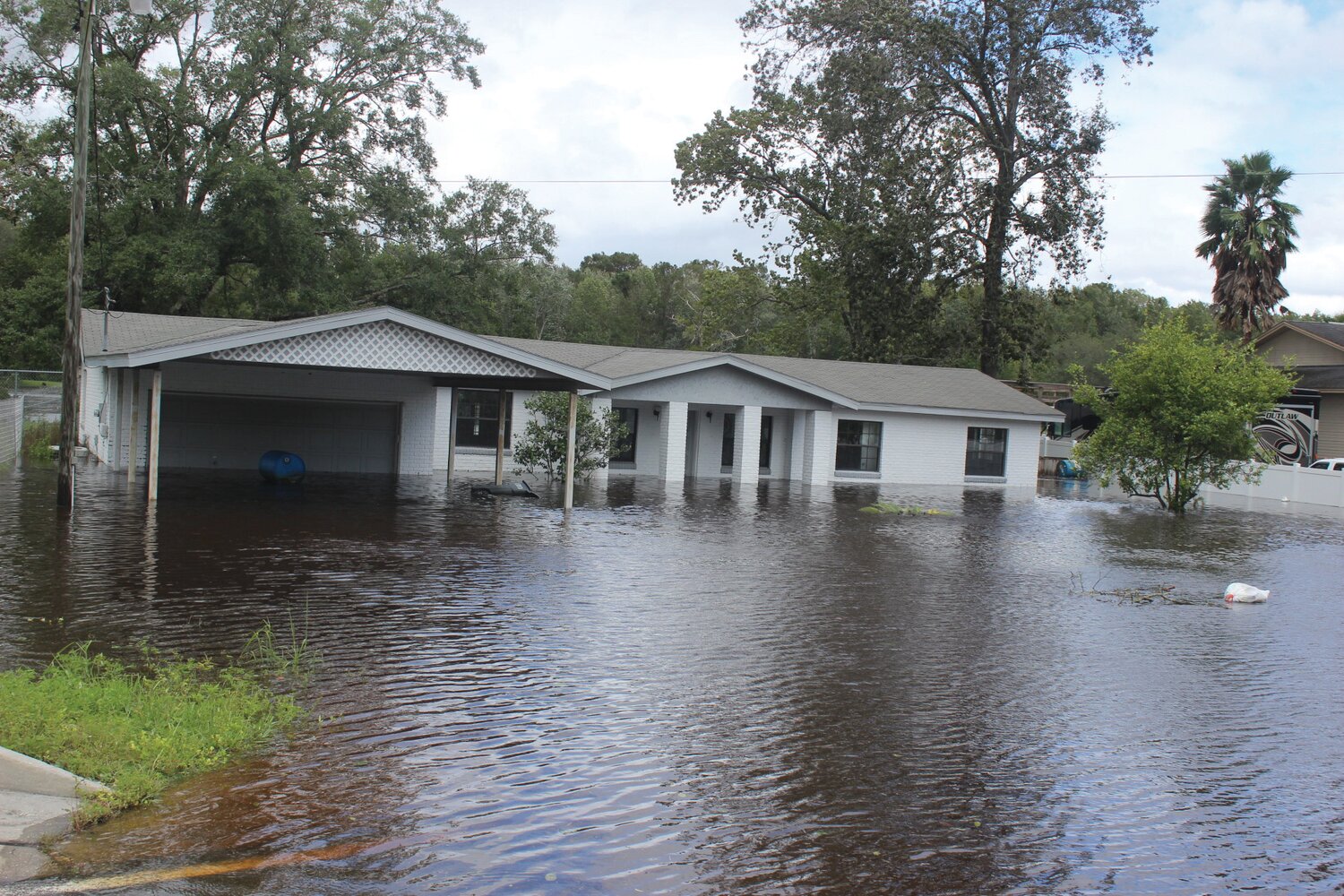4 misconceptions homeowners have about floods
Many people look forward to spring when the weather warms up, and flowers start to bloom, but it also marks the start of the peak time of year for flash flooding in the United States.
According to …
This item is available in full to subscribers.
Attention subscribers
To continue reading, you will need to either log in to your subscriber account, below, or purchase a new subscription.
Please log in to continueDon't have an ID?Print subscribersIf you're a print subscriber, but do not yet have an online account, click here to create one. Non-subscribersClick here to see your options for subscribing. Single day passYou also have the option of purchasing 24 hours of access, for $1.00. Click here to purchase a single day pass. |
4 misconceptions homeowners have about floods
Many people look forward to spring when the weather warms up, and flowers start to bloom, but it also marks the start of the peak time of year for flash flooding in the United States.
According to NOAA, 75% of flash floods happen between late April and mid-September, particularly during hurricane season. And while you may not want to think about it when water backs up and overflows, it generally goes where it doesn’t belong and can cause severe damage to your home. Those who lived here in 2017 have vivid memories of the damage caused by Hurricane Irma.
Unfortunately, many homeowners have misconceptions about floods, leaving them unprepared. Here are four of the biggest myths:
1. Homeowners’ insurance policies cover flood damage. A typical homeowners policy covers water damage from a sink or bathtub overflowing but won’t help with flood damage caused by storms – something many homeowners only discover after it’s too late. However, some insurance companies offer coverage to help fill the gaps so you don’t have to pay out of pocket for repairs and replacements. For example, Erie Insurance now offers Extended Water coverage, which covers damage caused by natural disasters and sewer and drain backups.
2. Only people who live in flood plains need flood insurance. A national survey commissioned by Erie Insurance found that 53% of homeowners think only people who live in high-risk flood zones should buy flood insurance. However, 25% of flood claims are filed by people who live outside those areas. Additionally, FEMA says floodwater only needs to get a mere three inches high to make it likely that you’d need to replace drywall and baseboards.
3. There’s nothing you can do to prevent flood damage. Nothing is foolproof, but there are ways to protect your home from water damage. Install a sump pump along with a battery backup and regularly test it. Improve drainage around your home by clearing leaves and debris from gutters, storm drains and downspouts. You can also install water sensors to alert you of water or leaks within your home. If a storm is on the way, plan by placing valuables and sentimental items into plastic storage bins, moving things off the floor – especially if they are stored in basements and lower levels of a home – and making a home inventory. A list of all your possessions, along with their estimated values, will help if you need to file an insurance claim.
4. Insurance can only help you after an incident. Many homeowners don’t realize they may be able to get reimbursed for taking steps to protect their homes when flooding is imminent. As one example, under certain circumstances, Erie Insurance will reimburse homeowners up to $10,000 for materials such as sandbags and the sand to fill them, fill for temporary levees, pumps or plastic sheeting and lumber used with these items, as well as labor.
“We encourage homeowners to not underestimate the risk of flooding and to be aware of the significant amount of damage that even a small amount of water can cause,” said Michelle Tennant, vice president of product management at Erie. “Talk to your independent insurance agent about your home and your neighborhood to make sure you have the coverage that’s right for you.”
To learn more about protecting your home from floods, visit erieinsurance.com/extended-water.







